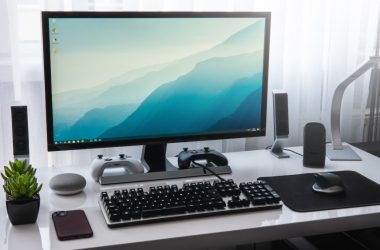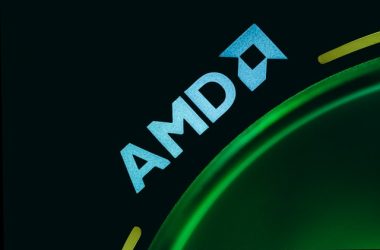Input lag is the time gap (measured in milliseconds) between a monitor receiving a signal and displaying it on-screen.
People often classify certain monitors as unacceptable due to input lag issues, but why?
In this article, we will be talking about input lag and why it matters.
What is Input Lag and Why Does it Matter?
In simple terms, input lag is the time a TV takes to process an image. On TV and projector, lip sync issues are the worst-case of input lag. However, that’s particularly rare.
In gaming, however, input lag can result in serious performance issues.
In a game, a few milliseconds can make the difference between life and death! Suppose you see the enemy appeared about 50 milliseconds after it was created. How good are your odds of surviving then? Pretty thin, eh?
In multi-player games, this problem just gets worse! There’s already a time lag of 50 to 100 milliseconds between your PC/console and the gaming server. Add the two and two together, and you’re way behind!
Don’t confuse input lag with the response time. It’s the speed at which a pixel changes from one shade to another. Typically, LCDs take 10 milliseconds to change colors and some are as fast as one millisecond.
Response time is mainly a marketing term measured typically in grey-to-grey (as it’s the fastest). That’s often misleading as we don’t use monochrome (black and white) screens anymore!
When it comes to response time, you probably won’t even notice the difference. And, it definitely doesn’t make the difference between life and death, unless you’re playing who-picks-the-color-fastest (not exactly a real game!).
Don’t make response time a deciding factor, and put the emphasis on input lag.
Most modern computers have a pretty good input lag time, but if you’re concerned about the input lag, then get a PC with a higher refresh rate. It’s the number of times per second your display updates the image. The refresh rate is measured in Hertz (Hz).
For example, in a 60Hz display, the input lag is below 16.67 milliseconds. Whereas, on a 120Hz display, that time is halved to 8.33 milliseconds, and on a 240Hz display, that time is halved even further down to 4.16 milliseconds.
However, for most gamers, an input lag of 10 milliseconds is not exactly bad. On the other hand, some people notice small issues more than others.
So, if you’re playing a highly-competitive game, or want to make your gaming experience as smooth as possible, then go for a 240Hz display. Otherwise, 120Hz should be good enough.
Should I Consider Input Lag When Buying a Monitor?
If you’re a gamer, then a lower input lag can definitely help. For non-gamers, we recommend focusing on features other than input lag.





